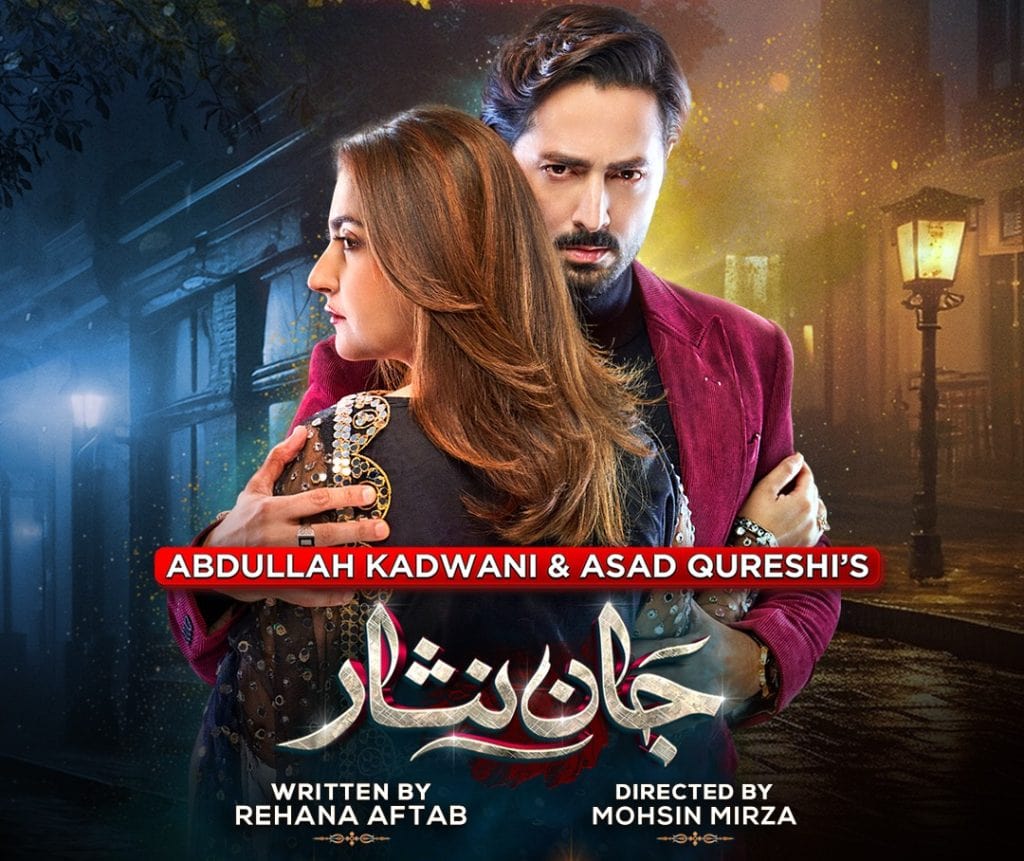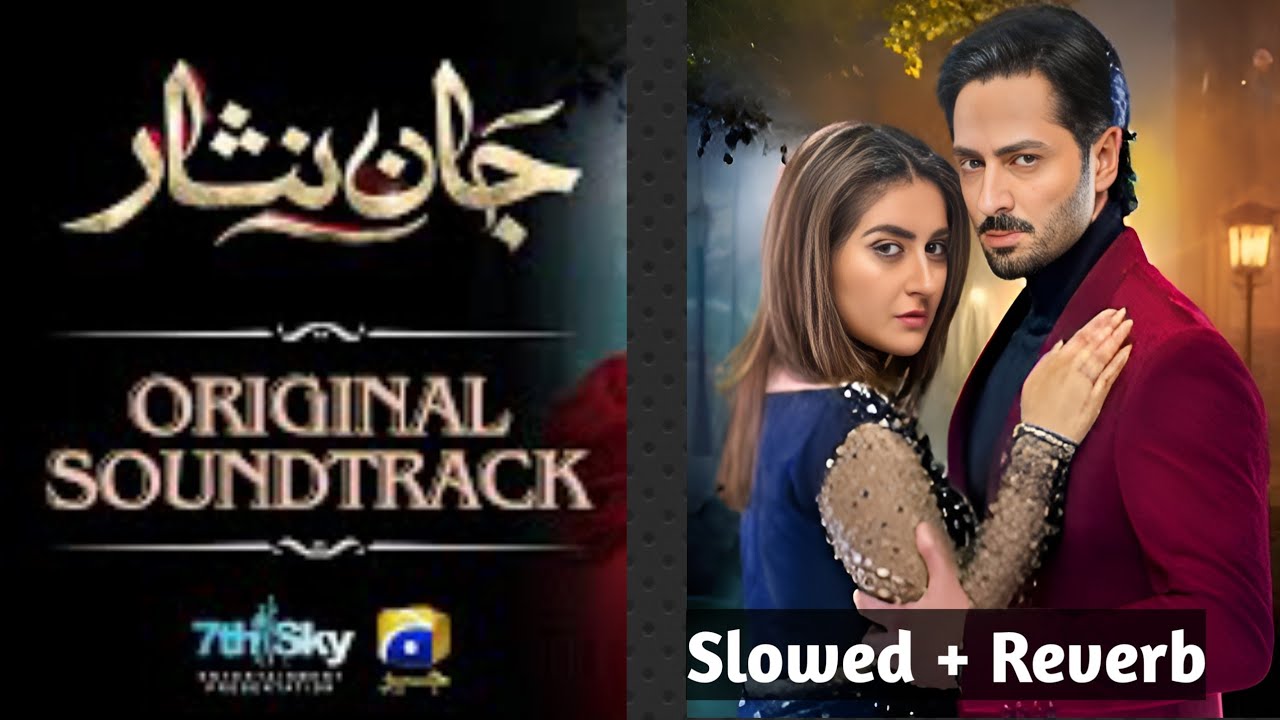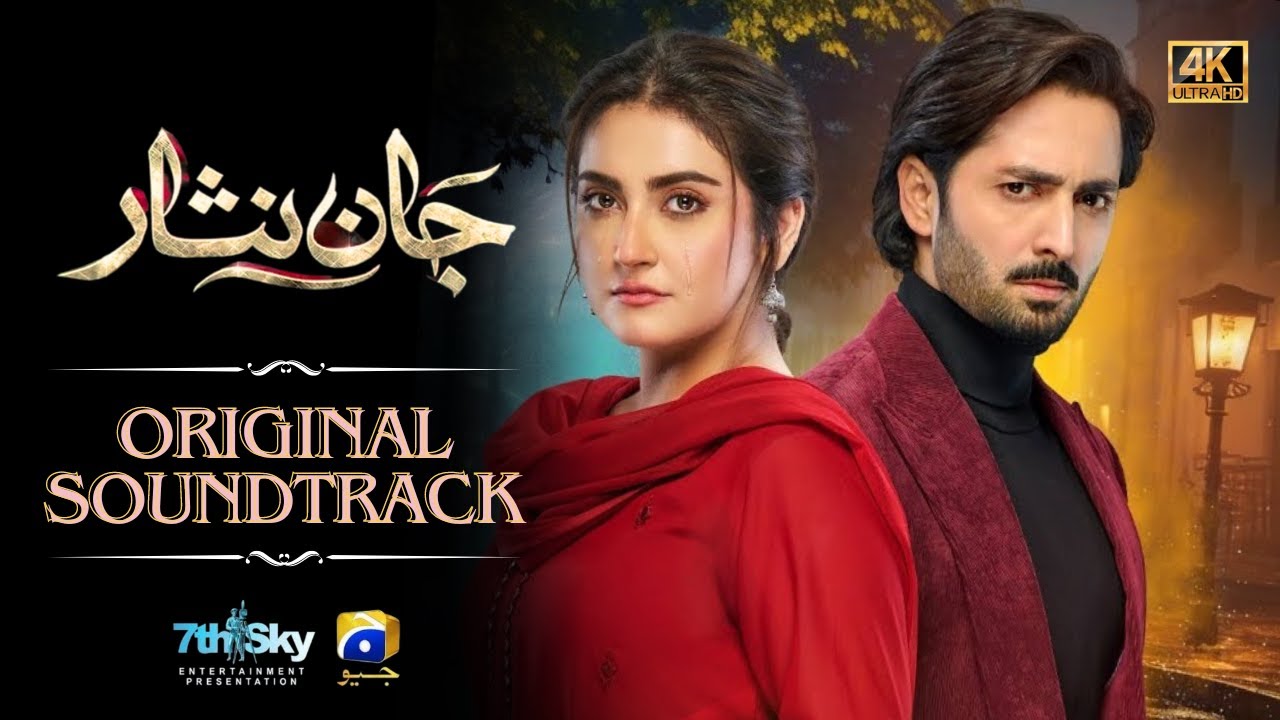Human Tapestry: A Comprehensive Review of Jaan Nisar

Presentation:
In the domain of TV shows, where narrating turns into a window to bunch human encounters, “Jaan Nisar” arises as a piercing story that digs profound into the intricacies of human connections, cultural standards, and individual battles. Made by a group of gifted scholars, chiefs, and entertainers, this Pakistani show series has enraptured crowds with its convincing storyline and strong exhibitions. As we set out on an excursion to analyze and examine the complexities of “Jaan Nisar,” we unwind the layers of feelings and clashes that make it a champion piece of TV.

Plot Outline:
“Jaan Nisar” spins around the existences of two families, the prosperous Mirza family and the unassuming Ansari family, whose destinies entwine because of a sad episode. The story unfurls against the background of Karachi, a clamoring city where differentiating universes impact, and cultural incongruities are distinctly clear.
At the core of the story lies the illegal love between Zoya Mirza, the advantaged girl of the Mirza family, and Ali Ansari, the child of their driver. Theirs is an affection that challenges normal practices and tests the limits of familial unwaveringness. In any case, their joy is brief as a progression of errors and outside pressures drive them separated.
As the story advances, we witness the consequences of their affection on the two families, uncovering firmly established biases, frailties, and moral predicaments. In the midst of the bedlam, the characters wrestle with their own evil presences, standing up to issues of personality, class dissimilarity, and the quest for bliss in a general public overflowing with judgment and lip service.
Character Examination:
The strength of “Jaan Nisar” lies in its all around carved characters, each pervaded with particular characteristics and inspirations that drive the story forward. Zoya Mirza arises as a persistent young lady conflicted between her profound longings and her family’s assumptions. Her depiction by nuanced and emotive, catching the inner turmoil of a lady got among adoration and obligation.
Inverse Zoya is Ali Ansari, played with conviction , whose depiction of a young fellow from humble starting points exploring the intricacies of class partition is both convincing and interesting. Ali’s battles reflect those of numerous people who wind up minimized by society’s inflexible, not set in stone to cut out their own way.
Supporting characters like Zoya’s moderate dad, played by [Actor Name], and Ali’s strong mother, depicted by [Actress Name], add profundity to the account, offering alternate points of view on affection, family, and custom. Their collaborations effectively feature the complexities of human connections and the penances we make for the sake of cultural acknowledgment.
Topics and Social Discourse:
“Jaan Nisar” rises above its status as a simple TV show, offering significant experiences into the human condition and the cultural powers that shape our lives. At its center, the series investigates subjects of affection, penance, and reclamation, provoking watchers to scrutinize their own convictions and biases.
One of the focal topics of the show is the thought of illegal love and its ramifications. Through the turbulent connection among Zoya and Ali, the journalists deftly analyze the power elements at play in between class connections, revealing insight into the intrinsic predispositions and decisions that plague society.
Besides, “Jaan Nisar” fills in as an evaluate of man centric standards and orientation imbalance, especially clear in the treatment of female characters like Zoya, who are supposed to adjust to cultural assumptions to the detriment of their own satisfaction. The series highlights the significance of organization and self-assurance, supporting for ladies’ privileges in a moderate society.
Furthermore, the show handles issues of honor and social versatility, featuring the difference between the wealthy and the less wealthy in Pakistani society. From the perspective of the Mirza and Ansari families, watchers are gone up against with the unforgiving real factors of inequity and the obstructions looked by those naturally introduced to destitution.

Cinematography and Heading:
Outwardly staggering and creatively created, “Jaan Nisar” stands apart for its perfect cinematography and course. From clearing elevated shots of Karachi’s horizon to hint close-ups that catch the crude feeling of the characters, each edge is carefully made to bring out a feeling of authenticity and drenching.
Chief [Director Name]’s deft touch is obvious in the consistent pacing and ease of the account, permitting the story to unfurl naturally while keeping up with anticipation and interest. The utilization of light and shadow adds profundity to the narrating, conveying the mind-set and tone of every scene with nuance and subtlety.
Besides, the scrupulousness in set plan and outfit mirrors the social lavishness of Karachi, submerging watchers in the liveliness of its roads and neighborhoods. Whether it’s the rich insides of the Mirza house or the clamoring markets of Saddar, each setting feels bona fide and reminiscent, improving the general survey insight.
Conclusion
All in all, “Jaan Nisar” rises above the limits of customary TV show, expressing a viewpoint inciting investigation of adoration, misfortune, and the human soul. Through its convincing storyline, very much drawn characters, and staggering visuals, the series has a permanent impact on watchers, moving them to go up against their own predispositions and previously established inclinations.
As we bid goodbye to Zoya, Ali, and the other characters who have caught our hearts, we are helped to remember the getting through force of narrating to enlighten the human experience and move compassion and understanding. “Jaan Nisar” isn’t just a show — a mirror mirrors the rich embroidery of life, helping us to remember our common humankind in the midst of the mayhem of the world.

Leave a Comment